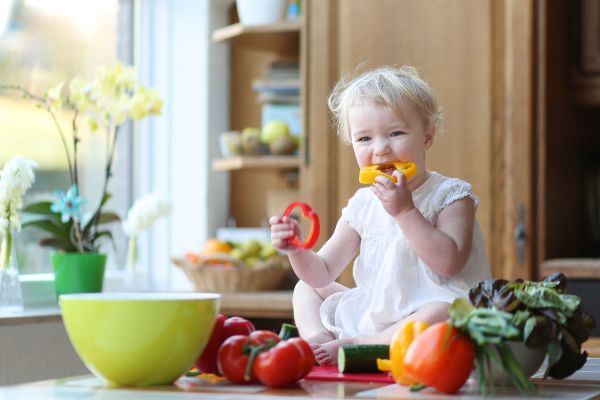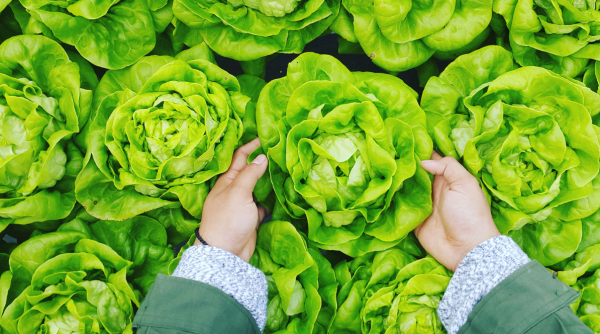Trying to get our picky eaters to eat their greens can be quite difficult, but ultimately worth it so our kids can grow up healthy.
A new study published in the journal Public Health Nutrition may have just the advice parents of picky children need so that their little ones get their fill of veg.
The research, funded by the Jenny and Antti Wihuri Foundation, analysed how sensory-based food education affected the dietary habits of three- to five-year-old kids in kindergarten.
The team found that the sensory-based food education method, known as Sapere, encouraged children to eat more fruit and vegetables.
In Sapere, kids use all five senses when encountering new things - in this case, new food!
The children are encouraged to talk about their sensory experience with the food, and the method is a particularly good idea for kindergarteners, who eat several meals daily at school.
Also, most group activities children that age participate in are education-oriented, so food education could easily be folded into this arrangement.
"There are several different ways to [teach kids about food]. However, it always starts from sensory-based learning, child-orientation and child engagement," one of the researchers, Nutritionist Kaisa Kähkönen from the University of Eastern Finland, told Science Daily.
"Doing and experiencing things together is also an important aspect."
The team, made up of researchers from Universities of Eastern Finland and Jyväskylä, assessed kids in different kindergarten groups, with some groups being given sensory-based food education, and others not.
Children who were taught with the Sapere method were more willing to choose fruit, veg, and berries to eat than their peers who didn't undergo sensory-based food education.
This increased preference for fruit and vegetables was especially observed amongst children whose mums had a lower educational background.
Typically, children whose parents are less educated tend to not eat as much fruit, veg, and berries. Thankfully, though, the Sapere method can help bridge this important nutritional gap.
"Another interesting finding is that the Sapere food education method also seems to improve the eating atmosphere in kindergarten groups," Kähkönen says.
"This encouraged children who, according to their parents, were picky eaters, to choose a more diverse selection of vegetables, berries and fruit on their plate."
Healthy dietary preferences can be learned through such positive food-related experiences, which kids can then carry over into adulthood.







